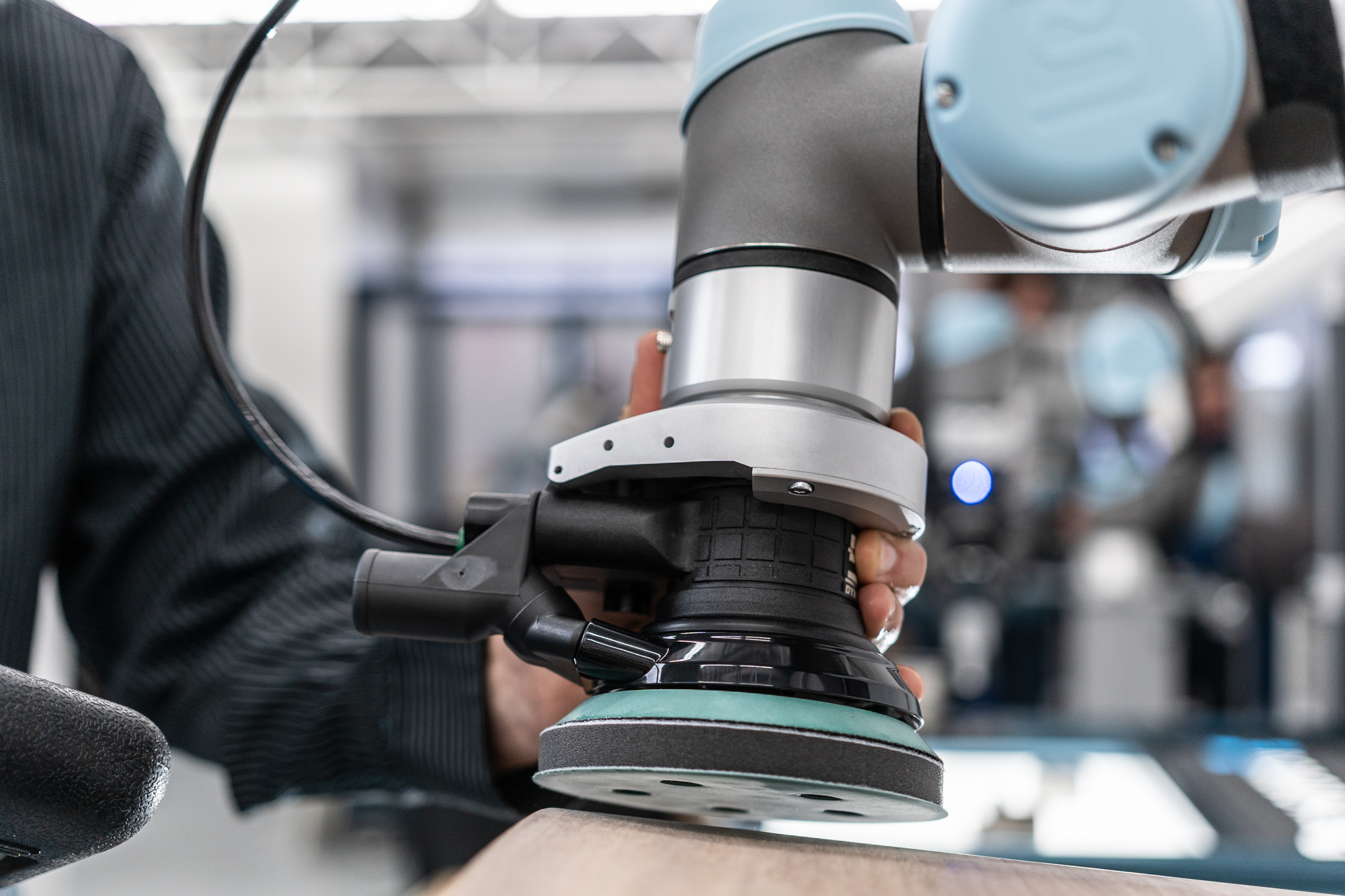Five Ways to Prevent Robots From Losing Value Over Time

Posted on Aug 16, 2018 7:00 AM. 4 min read time
Collaborative robots—more commonly known as cobots—work alongside humans to make business operations safer and more efficient.
However, if companies aren’t careful, these high-tech machines could lose value over time through a process called depreciation. Here are five ways to minimize depreciation of your cobot.
1. Look for adaptable cobots
Cobots lose value as they become outdated. When budgeting for robotics, businesses should prioritize cobot providers that sell hardware and software updates.
For some businesses, a given software update could make a cobot even more useful than before. Similarly, some companies sell new attachments or other physical components, increasing a cobot's possible applications. The cobot then gains value instead of losing it.
Adaptability means more than changing with new technology—it can mean performing different tasks. Some cobots are so flexible that workers can prepare them another task in mere minutes.
For instance, Atria Scandinavia is a food packaging plant that uses two cobot models to boost efficiency. Each assembly line now prepares about 228 products per hour. Even better, while it once took six hours to convert assembly lines for different items, it now takes 20 minutes.
2. Have a long-term mindset
Research suggests that people from developed nations are at risk of losing their jobs to robotics by the early 2030s. Luckily, cobots are meant to supplement human labor instead of replacing it.
Yet cobots will retain value only if buyers are forward thinking about how they will interact with workers. Otherwise, cobot owners may realize the machines' benefits aren't sustainable for their unique work environment.
A survey of 1,500 respondents from all sectors found that when companies harnessed the potential of machine-human collaborations, 71 percent saw a tenfold improvement in at least one business process.
This highlights the benefits of creating workflows with cobots and workers alike instead of just replacing workers with robots.
Moreover, robot maintenance skills are in greater demand than ever. Since 2012, there has been a 231-percent increase in these jobs, and maintenance technician is the most desired position in the sector.
 When companies harnessed the potential of machine-human collaborations, 71 percent saw a tenfold improvement in at least one business process, according to one study.
When companies harnessed the potential of machine-human collaborations, 71 percent saw a tenfold improvement in at least one business process, according to one study.
3. Consider buying used cobots
Depreciation happens in other industries too. For instance, new cars and equipment are often affected by the depreciation curve: their value depreciates significantly the first year, then levels off.
As a result, potential buyers should consider choosing used cobots to shield themselves from that first-year depreciation.
4. Stay on top of preventative maintenance
Wear and tear make machines lose value. Preventative maintenance is crucial for all robots to remain functional and valuable over time.
Preventative maintenance requires different levels of care. First, a robot will need specific checks or adjustments after operating for a number of hours. Daily checks are essential, too, and the employees performing them should record and report potentially abnormal behavior.
Regular maintenance checks allow people to spot and replace overly worn parts before breakdowns occur. A cobot should come with a manual that indicates which types of preventative maintenance to conduct at different intervals.
Some cobots have onboard diagnostic components that alert operators when a part may soon fail. Others send error reports back to manufacturers. Those companies—which often know more about the cobots than their owners—can then provide details about what’s wrong.
5. Only do business with authorized repair personnel
Cobots generally possess built-in technologies that make them very safe to use. These include sensors that stop movement when the cobot touches a person and that slow movement when people are within range.
Yet accidents can still happen. If they do, and the resulting damage necessitates repairs, be careful: a hasty job may appear sufficient at first, but will lead to flaws that cause the cobot to depreciate later on.
Problematic components may also require the cobot to be repaired. If possible, cobot owners should choose authorized repair providers, such as those recommended or employed by the applicable manufacturer.
Be forward-thinking to increase lasting value
Many of these tips involve thinking about the future and how cobots fit into it.
When cared for properly, these machines can provide years of use, benefiting the employees who work around them and the companies that buy them. Just make sure to remember these tips!









Leave a comment